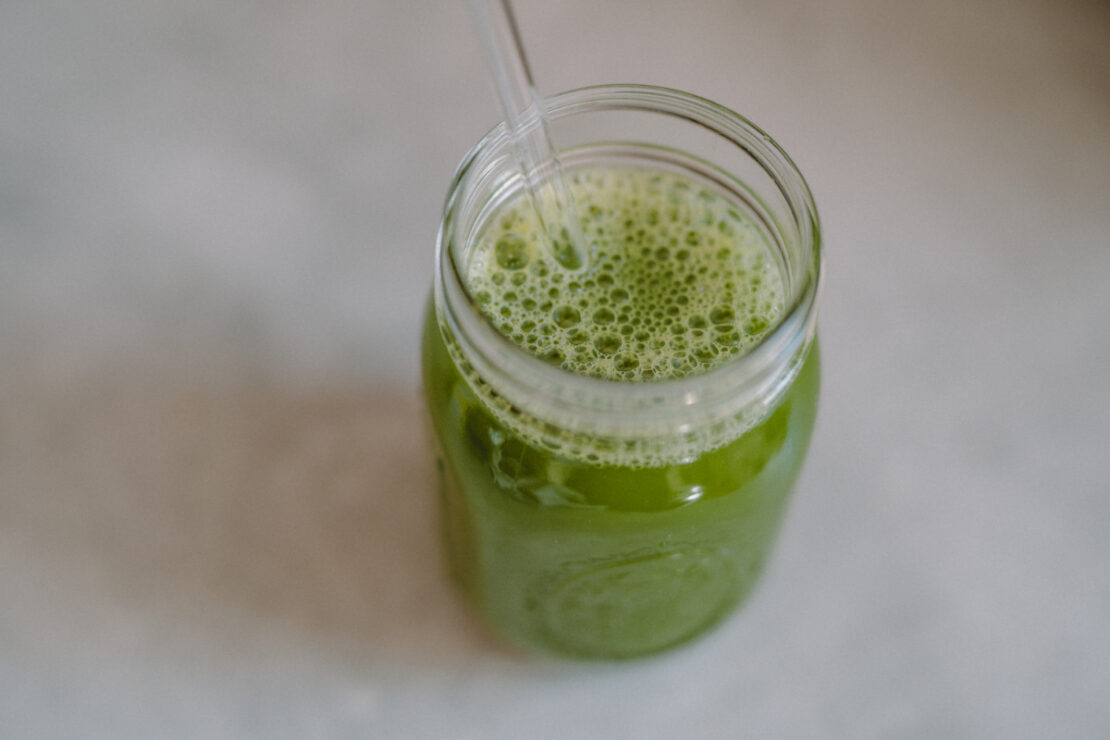
A Fresh Green Juice Recipe With Alterative Herbs
Spring is finally here. The days are getting longer and the sunlight more intense, which allows the first herbs of the season to appear again with full fresh energy. After a long winter, we crave a little reawakening. Fresh herbs that are lush and green are an ideal choice in spring to kickstart this change with a green juice recipe. These plants enhance nutrition and elimination and then strengthen underlying physiology.
The basic principle of using so-called alterative (blood-cleansing) herbs is aligned with the seasonal shift from winter into spring. This is an ideal time of year to encourage metabolic function, assimilation of nutrients, and excretion of waste products.
In this article, you will learn how alteratives work and find an easy and delicious green juice recipe that is perfect for a fresh start into this season.
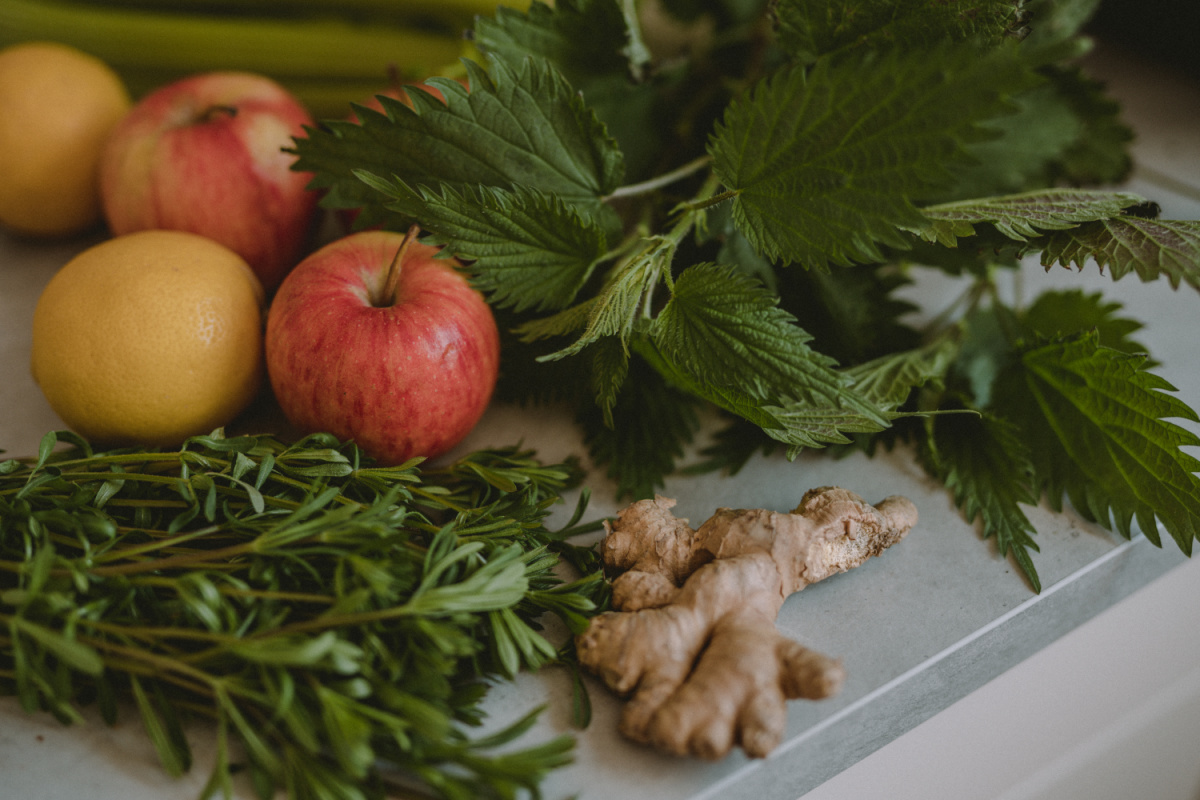
Alterative Herbs
An alterative herb works on a general level to tonify the systems of the body involved in nutrient assimilation and waste removal. Alteratives may specifically promote elimination of waste through the kidneys, liver, colon, skin, or lungs. These plant allies are typically used to support skin issues, arthritis, chronic conditions, and as an overall “tune-up” for the body. Alteratives are perfect for a gentle spring cleanse. Furthermore, the increased lymphatic flow in the body from alterative activity enhances immunity via the resulting circulation of T-cells and antibodies (Hoffmann, 2003).
Let’s take a look at some popular alteratives that are included in this herbal green juice recipe.
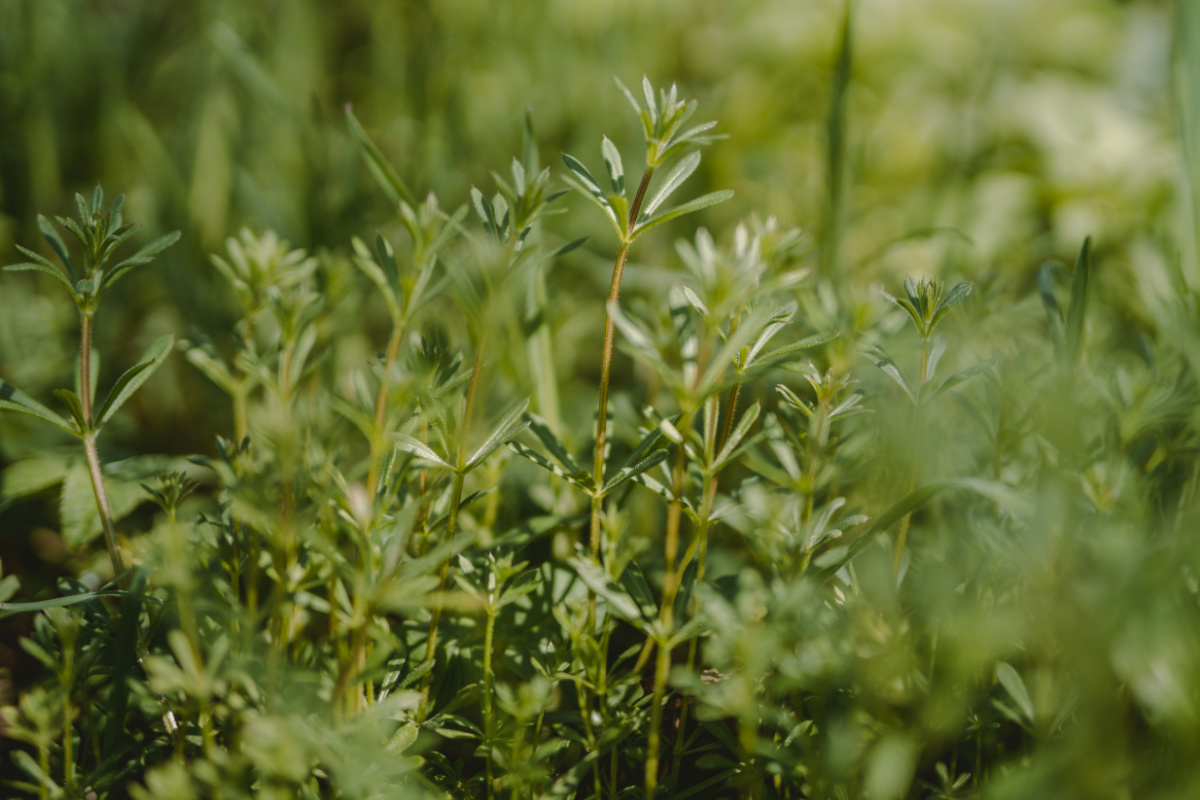
Cleavers (Galium aparine)
Known for the clinging nature of its sticky stems, gentle but powerful cleavers is a favorite alterative herb of many herbalists. Cleavers start to come up in early spring, which is conveniently the optimal time to benefit from the herb’s ability to support immune function, digestion, and elimination (Hoffmann, 2003). Incorporating cleavers into a revitalizing green juice is an ideal way to enjoy all that this herb has to offer.
Cleavers has been used as a “blood purifier” since the era of ancient Greek medicine, when it was employed to “destroy and expel eruptive poisons in the blood” (Tobyn et al., 2016, p. 175). The alterative function of cleavers can have a profound effect on skin conditions related to systemic accumulation of metabolic waste products, such as eczema or psoriasis. It also has a notable diuretic effect, due to its affinity for the kidneys and bladder (Tobyn et al., 2016).
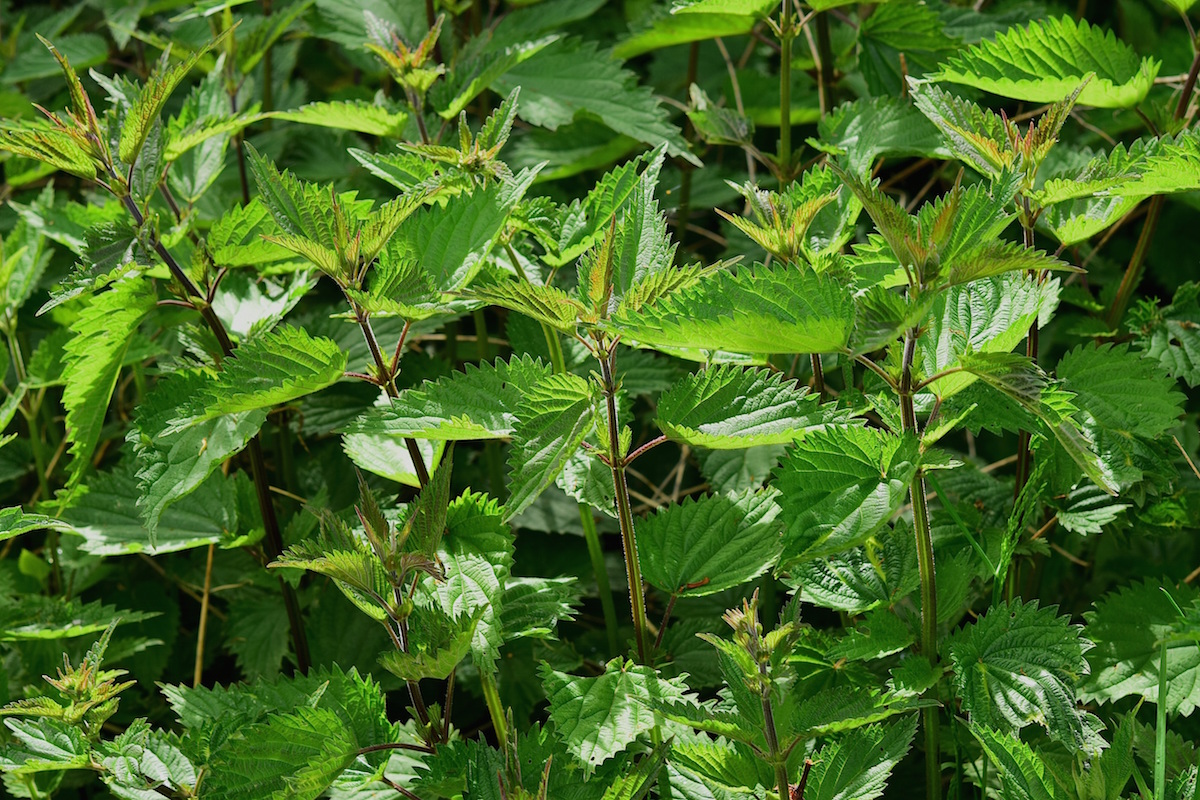
Nettle (Urtica dioica)
Nettle is a classic, well-known herb, usually easy to access and yet such a powerful alterative. It assists the body in nutrient and protein assimilation, blood purification, neutralization of acid, and elimination of waste. Therefore it can be beneficial to support the body through blood toxicity, arthritis, gout, rheumatism, eczema, and skin problems resulting from metabolic disorders by supporting the body’s ability to detoxify metabolic wastes (Holmes, 1997).
Nettle is also loaded with vitamins, minerals, amino acids, and chlorophyll—perfect for enriching this alterative green juice recipe with an abundance of nutrients (Pedersen, 2012).
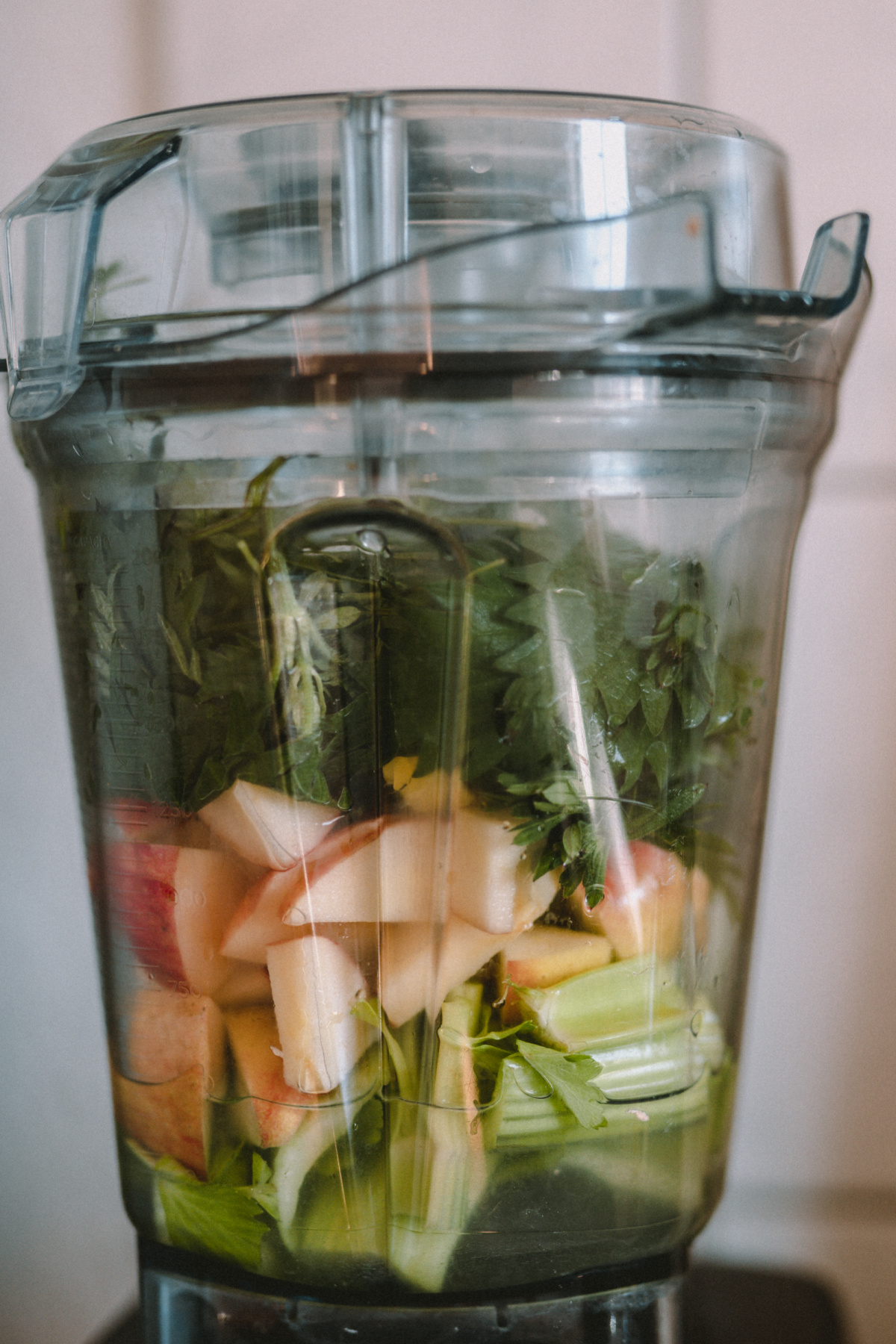
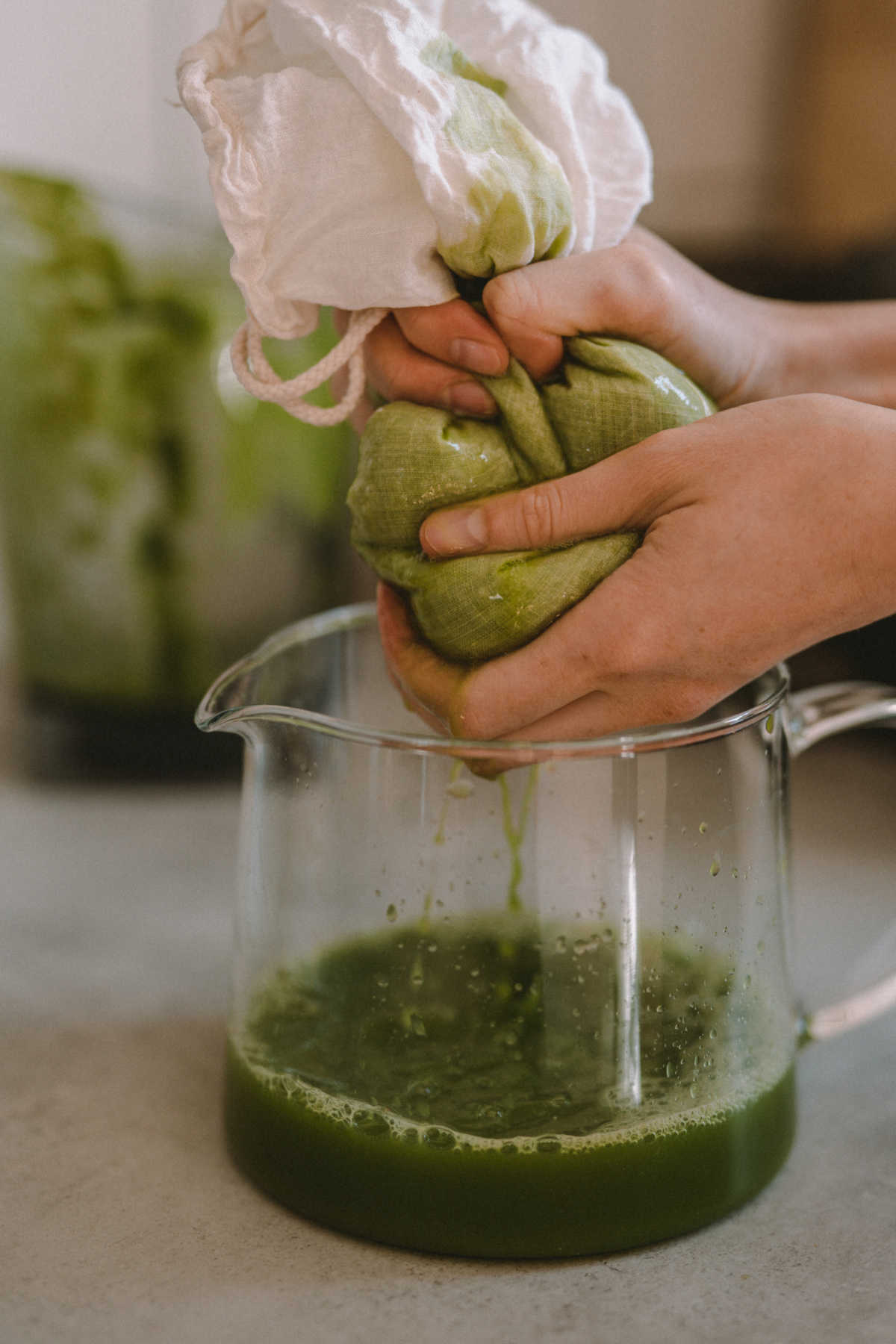
Alterative Green Juice Recipe
You don’t necessarily need a juicer to prepare this—a blender and cheesecloth work just fine!
2 apples, seeds removed Option 1 (with a juicer)
Option 2 (without a juicer)
Alterative Green Juice Recipe
As a perfect springtime tonic, fresh cleavers are paired with stinging nettle as well as apple, celery, lemon, and ginger for a great taste, along with a plethora of nutrients, antioxidants, and medicinal properties. Yield: 2 portions.
4 celery stalks
1 lemon, peeled and seeds removed
1 tablespoon fresh ginger (Zingiber officinale) root
2 large handfuls of fresh cleavers (Galium aparine) aerial parts
2 large handfuls of fresh nettle (Urtica dioica) leaves and stalks
½ cup filtered water
To Use:
Enjoy the fresh juice right away or store in the refrigerator for a maximum of 1 day.
You can also preserve the juice by pouring it into an ice cube tray to freeze into portions. You will have handy green ice cubes to add to your sparkling water or other beverages!
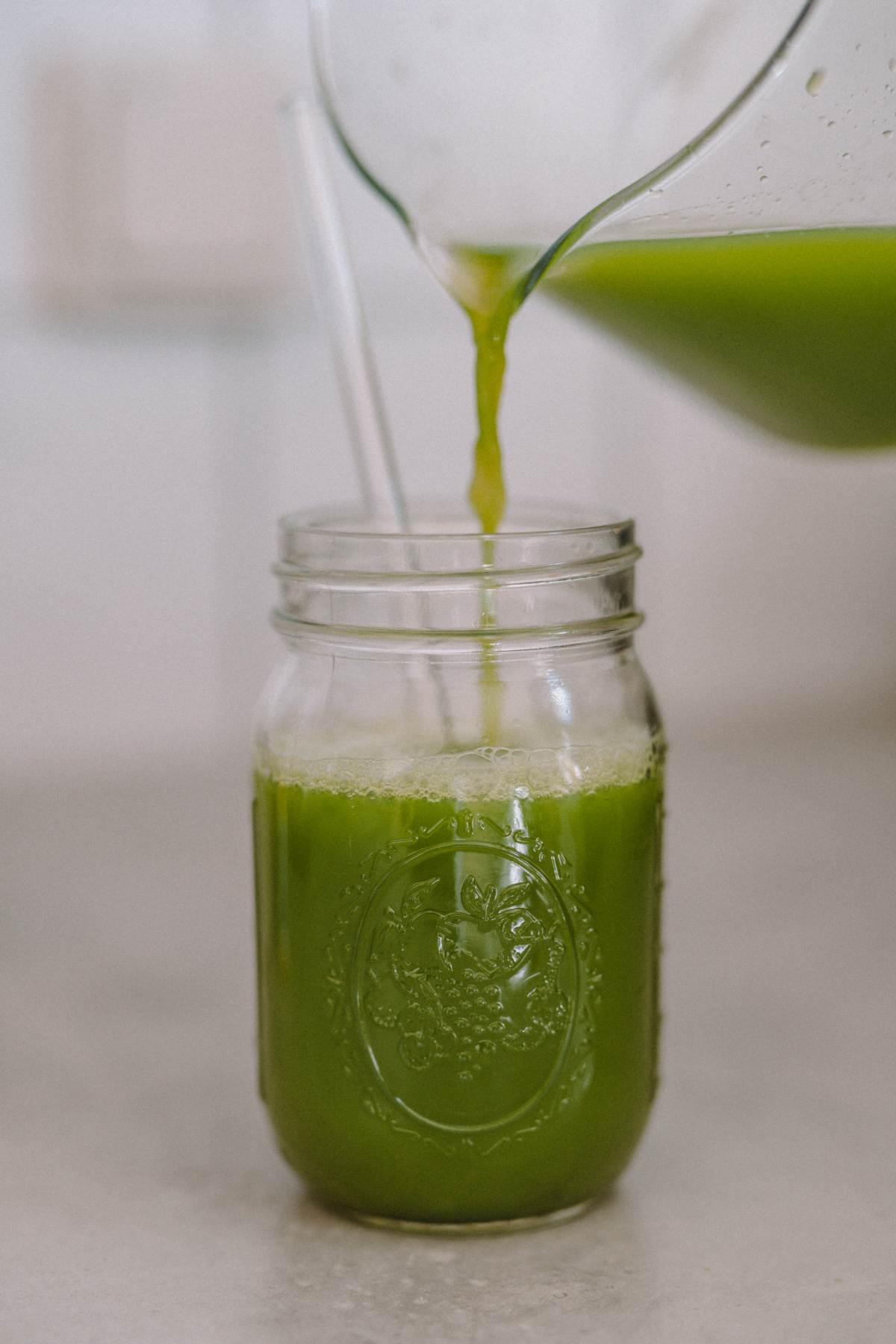
In Closing,
With the warmer, brighter days upon us, we all want to feel our best. Spring is truly a season of rebirth. Our bodies have an amazing ability to detoxify themselves, and we can use common herbs to assist that natural cleansing process. Cooling, purifying routines such as incorporating green juices and alteratives are also a great preparation for the hotter months of summer. When it comes to spring detox, gentle alteratives like cleavers and nettle are a wonderful choice to support the body.
For more om alterative recipes, see:
Nettle Vinegar: A Spring Alterative Recipe
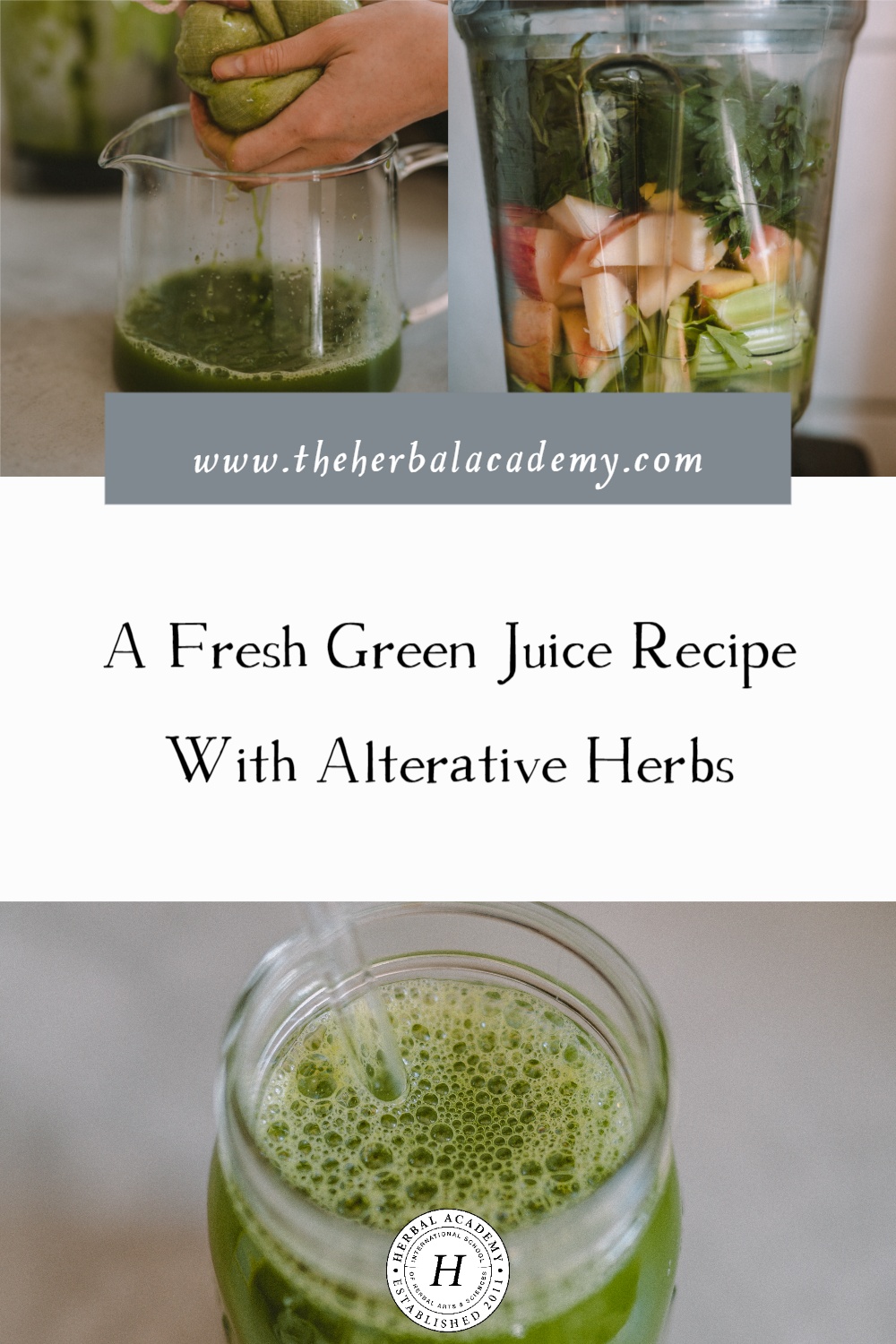
REFERENCES
Hoffmann, David. (2003). Medical herbalism: The science and practice of herbal medicine. Healing Arts Press.
Holmes, P. (1997). The energetics of Western herbs (Vol. 1, 3rd ed.).Snow Lotus Press.
Pedersen, M. (2012). Nutritional herbology: A reference guide to herbs. Whitman Publications.
Tobyn, G., Denham, A., & Whitlegg, M. (2016). The Western herbal tradition: 2000 years of medicinal plant knowledge. Singing Dragon.








